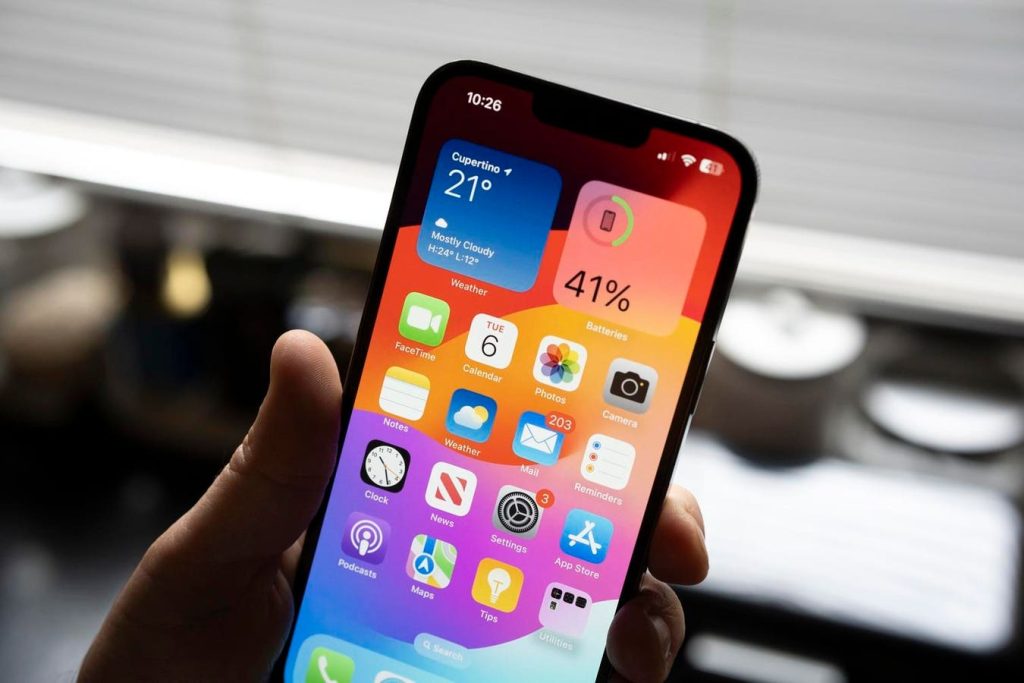Apple has just released iOS 17.6.1, the latest iPhone software update. If you’re getting a sense of déjà vu, you have good reason. That’s because Apple launched iOS 17.6.1 already, on August 7. But now, there’s a new edition with a new build number, but still described as iOS 17.6.1. What’s going on, you might ask. Here’s what we know.
It’s almost two weeks since the release first came out, and it was stable and effective. As you might know, my recommendation was that you should update your iPhone to it.
The update had been released with notes from Apple that it had bug fixes. Plus, and here’s the key, Apple’s notes said it, “addresses an issue that prevents enabling or disabling Advanced Data Protection.” That’s an important feature because Advanced Data Protection is part of iCloud and protects data with end-to-end encryption.
All well and good, but a re-issue of the same update is rare for Apple. And if it happens, it’s usually in a day or two of the original release. This is almost two weeks later, as mentioned by 9to5Mac. The new release contains the same notes.
The original release had the build number 21G93, and the new one is 21G101. It’s not clear who will see this update: if you downloaded the earlier update, then if you now check in to the Software Update section of the Settings app, you won’t be provided with a new update, instead seeing a message that your iPhone is up to date. If you haven’t updated, then you’ll see the new release.
So, what does this all mean?
Well, there have already been indications that Apple is working on yet another iOS 17 release, iOS 17.6.2, so it suggests that the new, second version of iOS 17.6.1 is a very minor update. If it were bigger, this would be iOS 17.6.2.
There’s no official word from Apple about why there’s a new release, what’s in it or anything else.
It’s worth noting that Apple also re-issued the iPad version, iPadOS 17.6.1 and also issued new updates for watchOS and tvOS. If this curious situation becomes clearer, I’ll be updating this post, so please check back.
Read the full article here










